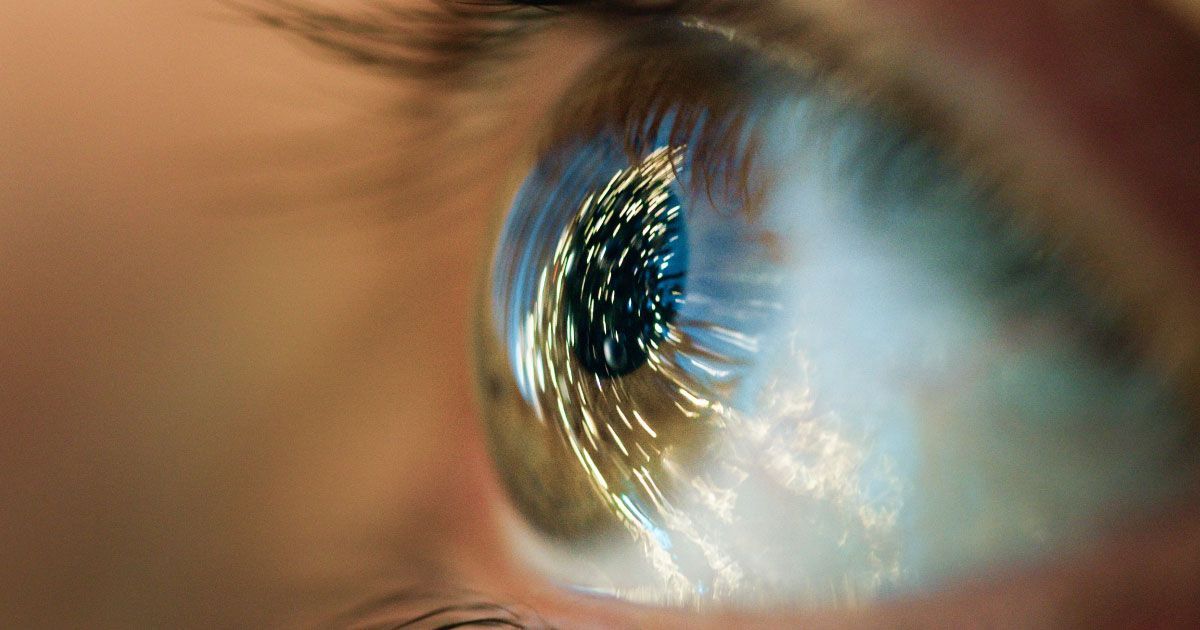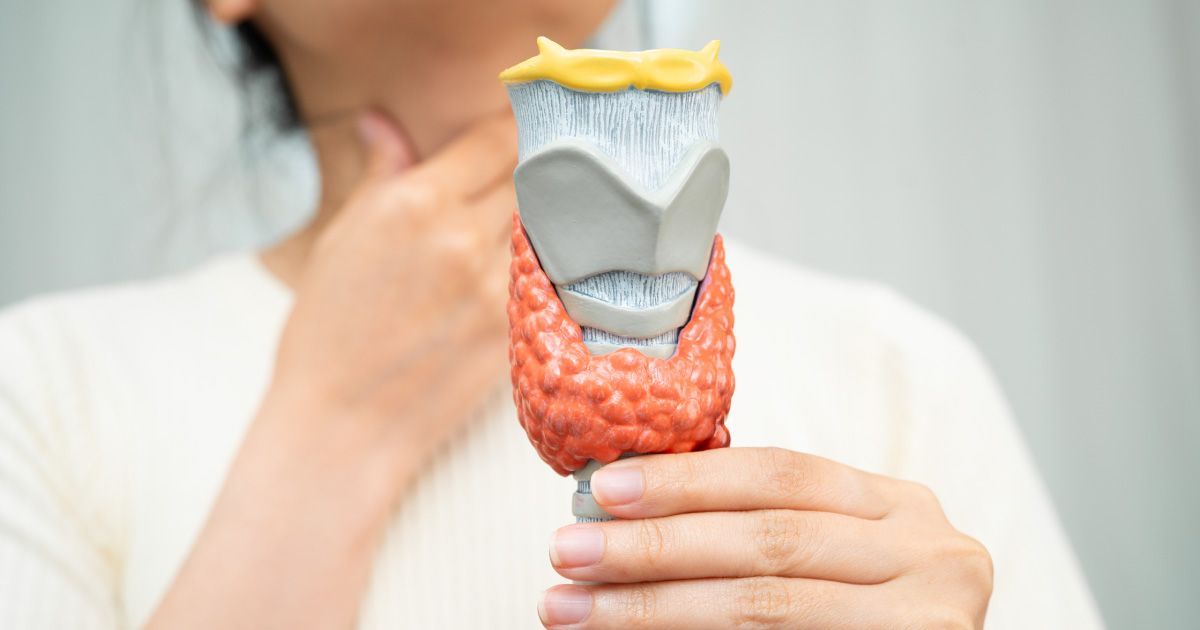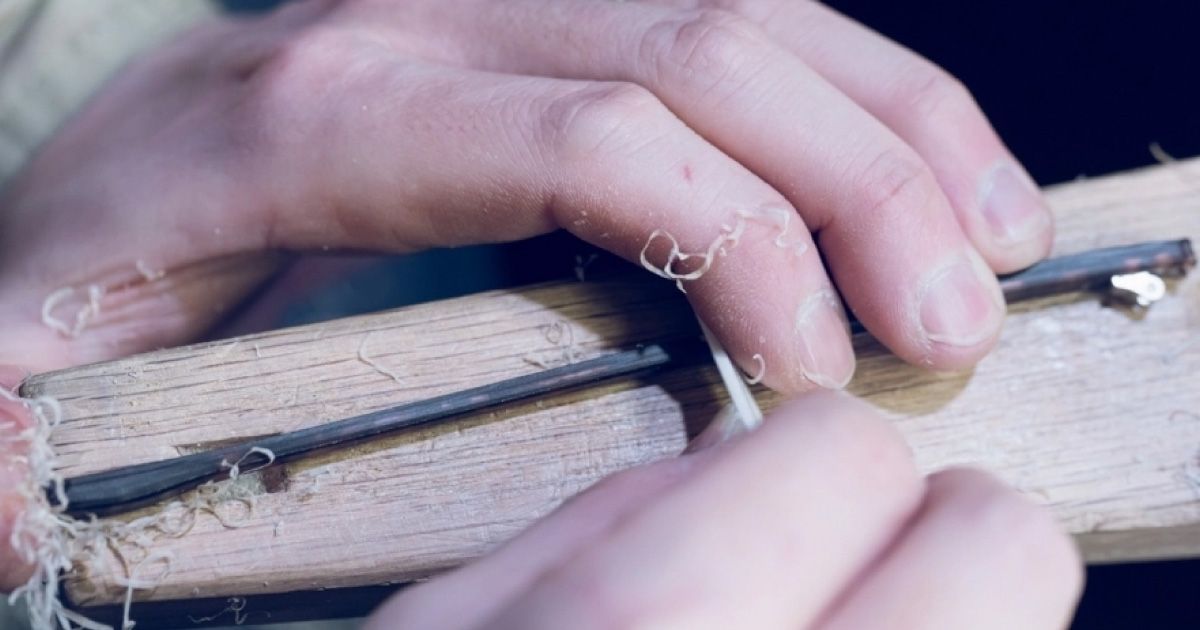The Biomechanics of Human Eye Movement

Read time: 4 minutes
The human eye is an amazing piece of biology, capable of moving with incredible precision and speed. The study of eye movement—or its biomechanics—helps us understand how the eyes work together with muscles, nerves, and the brain to perform everyday tasks, like reading or following a moving object. This system is both complex and efficient, showing how well our bodies are designed for vision.
Anatomy of Eye Movement
Eye movement depends on six small muscles that surround each eye. These muscles are the superior rectus, inferior rectus, medial rectus, lateral rectus, superior oblique, and inferior oblique. They attach to the white part of the eye (called the sclera) and connect to the bone of the eye socket. By contracting and relaxing, these muscles move the eye up, down, side-to-side, and even rotate it slightly.
The medial and lateral rectus muscles control horizontal movements, like looking left or right. The superior and inferior rectus muscles handle vertical movements, like looking up or down. The superior and inferior oblique muscles help with more complicated rotational movements, working alongside the other muscles to keep the eyes stable and coordinated.
How the Brain Controls Eye Movements
The brain plays a key role in controlling eye movement through nerves and special areas that coordinate these actions. Three cranial nerves are responsible for moving the eye muscles: the oculomotor nerve (cranial nerve III), the trochlear nerve (cranial nerve IV), and the abducens nerve (cranial nerve VI). These nerves carry signals from the brain to the eye muscles, telling them when and how to move.
Certain parts of the brain are especially important for eye movements. The brainstem controls reflexive movements, like quickly looking at a moving object. The cerebellum, which helps with balance and coordination, fine-tunes eye movements to make them smooth and precise. The frontal eye fields, located in the front part of the brain, are involved in voluntary movements, like deciding where to look next.
Types of Eye Movements
The eyes can move in different ways, each serving a specific purpose:
- Saccades: Quick, jerky movements that help the eyes jump from one point to another, such as when reading or scanning a room.
- Smooth Pursuit: Slow and steady movements that allow the eyes to follow a moving object, like a car driving by.
- Vergence: Movements where both eyes move in opposite directions to focus on objects at different distances. For example, your eyes move inward (converge) to focus on something close and outward (diverge) to focus on something farther away.
- Vestibulo-Ocular Reflex (VOR): This reflex keeps your vision steady when your head moves. If you turn your head to the right, your eyes move to the left to keep your focus steady.
- Fixation: Holding the eyes still to focus on one spot, like when reading a sign or looking at a picture.
Learn more about types of eye movements and their functions here.
Strengths and Challenges of Eye Movements
The eye’s ability to move quickly and accurately is thanks to the efficiency of its muscles and nerves. The extraocular muscles are highly specialized, able to make tiny adjustments and quick movements with ease. They balance each other’s forces perfectly to achieve smooth motion.
However, the system has its limits. Staring at a screen for too long can tire the eye muscles. Certain disorders, like strabismus (where the eyes don’t align properly) or nystagmus (involuntary eye movements), can disrupt normal eye function, making it harder to see clearly or focus on objects.
Why Understanding Eye Movements Matters
Studying eye movements has many practical uses. In medicine, it helps doctors diagnose and treat vision problems, such as lazy eye or early signs of neurological conditions like Parkinson’s disease. In technology, eye-tracking systems are being used to create tools like gaze-controlled devices for people with disabilities, improving their ability to communicate and interact with the world.
The Takeaway
The biomechanics of eye movement show just how incredible and complex our bodies are. The coordination between muscles, nerves, and the brain allows us to see and interact with the world effortlessly. By learning more about how this system works, we can improve treatments for eye disorders and develop new technologies to enhance vision and quality of life.
Share this blog post on social or with a friend:
The information provided in this article is intended for general knowledge and educational purposes only and should not be construed as medical advice. It is strongly recommended to consult with an eye care professional for personalized recommendations and guidance regarding your individual needs and eye health concerns.
All of Urban Optiks Optometry's blog posts and articles contain information carefully curated from openly sourced materials available in the public domain. We strive to ensure the accuracy and relevance of the information provided. For a comprehensive understanding of our practices and to read our full disclosure statement, please click here.


















